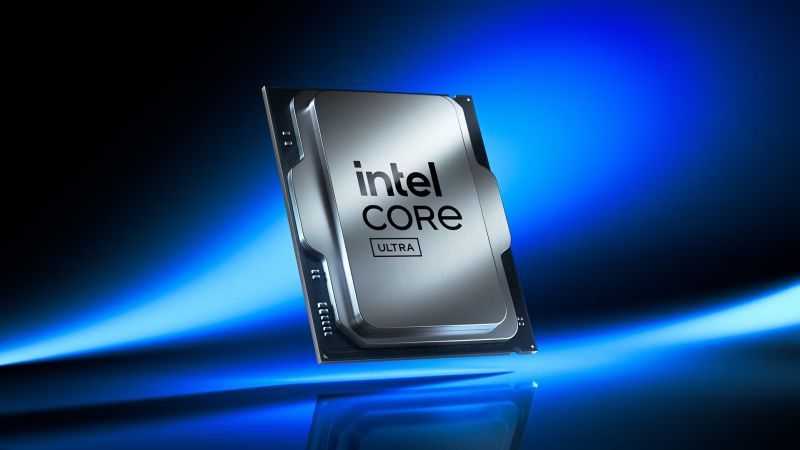It’s no secret that in order to maintain the relevance of its modern client processors, Intel was forced to turn to TSMC to produce components for Lunar Lake and Arrow Lake processors using the competitor’s 3nm technology. As Taiwanese media explain, apart from the financial nuances, from a technical point of view this allows Intel to achieve some advantages.

Image Source: Intel
First, TSMC’s modern process technology allows Intel to maintain the high performance of Arrow Lake processors combined with reasonable power consumption. With the growing popularity of AI-accelerated processors, another benefit comes from the reduced on-chip footprint of Arrow Lake’s compute cores. If in the case of Intel processors, produced by the company independently using Intel 7 technology, the share of computing cores in the chip area reached 70%, then the transition to TSMC’s 3-nm process technology made it possible to place a similar combination of computing cores on a third of the chip.
Accordingly, processor developers have the opportunity to use additional chip area for neural acceleration units that are used in the operation of artificial intelligence systems. This capability is important for Intel as competitors focus on AI. The company abandoned the Intel 20A process technology in order to speed up the development of the Intel 18A process technology, and the first formally gave way to 3nm TSMC technology. The processor giant will use it to produce components for the Arrow Lake and Lunar Lake families of processors. Intel’s orders will allow TSMC to increase production volumes of chips using N3B technology.